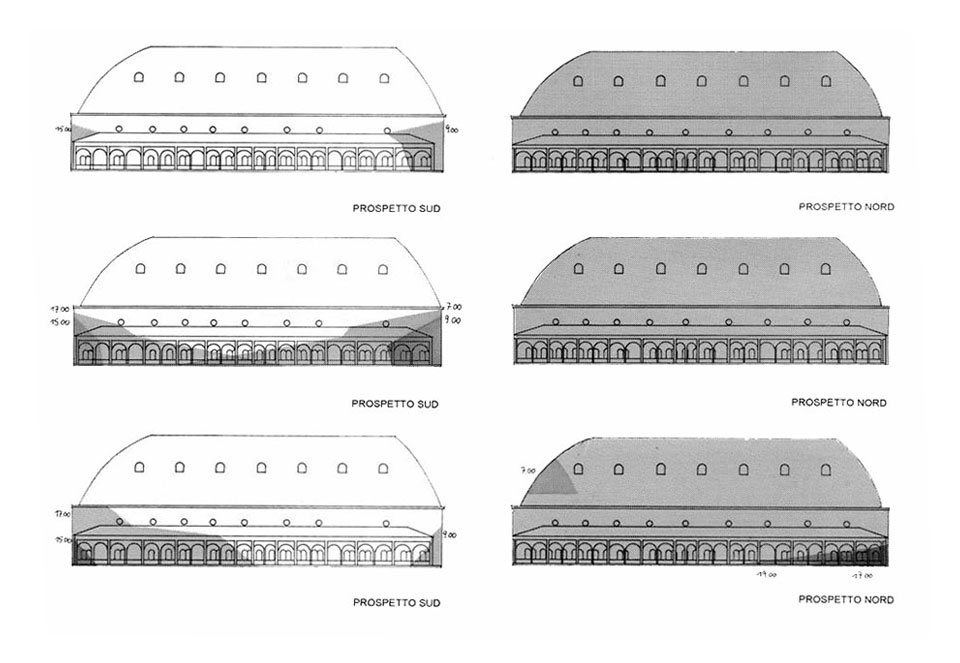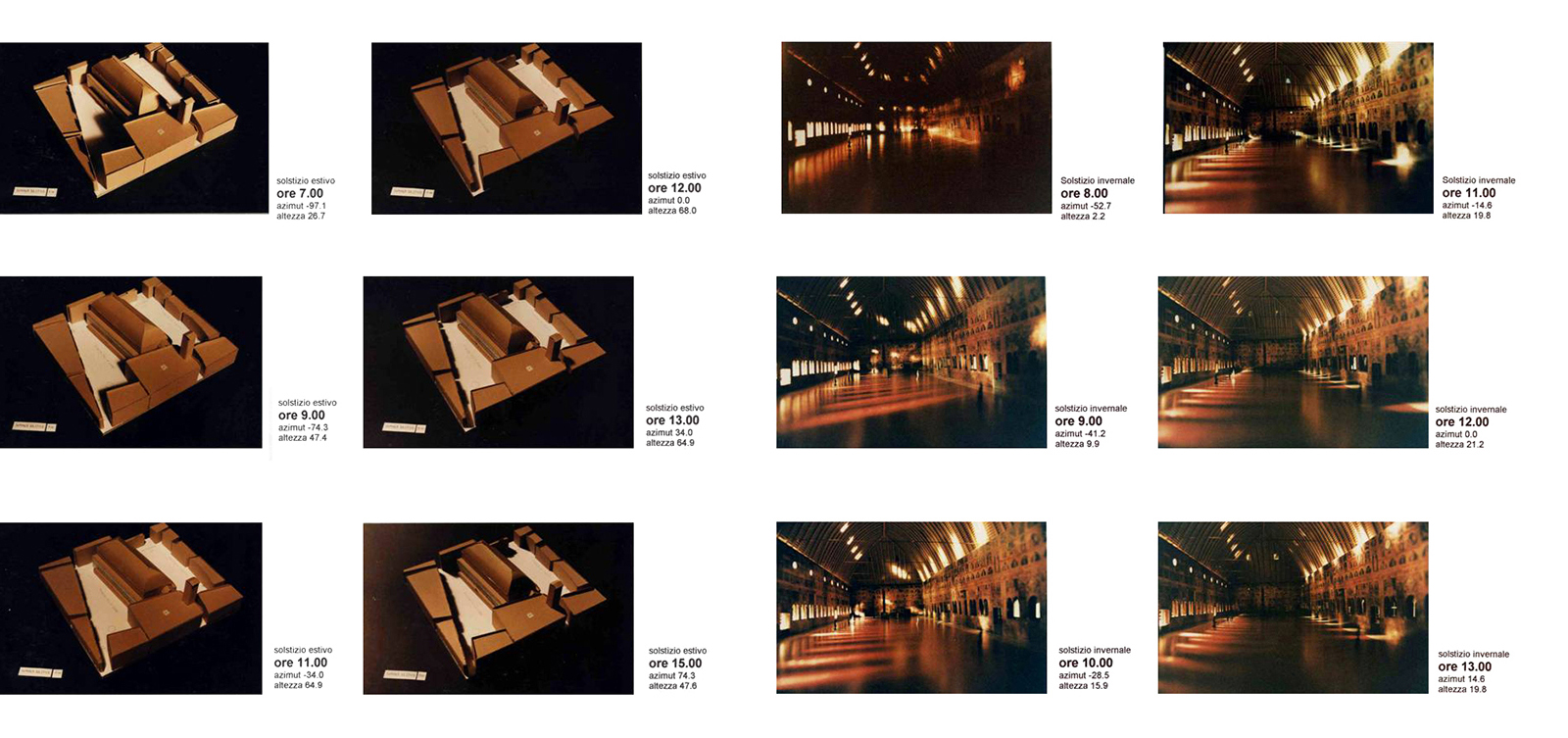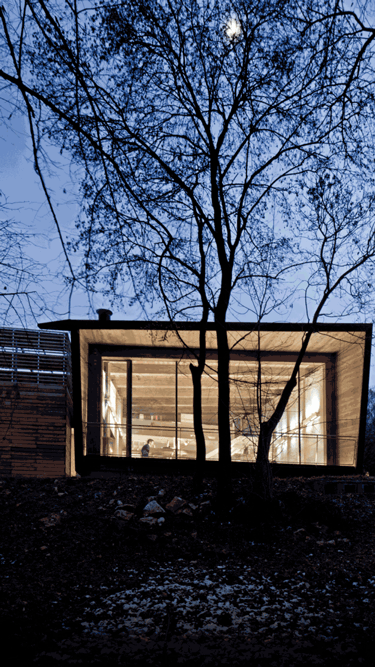daylight analyses palazzo ragione
1998
padova
The study conducted on the Palazzo della Ragione in Padova employs a method of studying natural light with scale models and laboratories using an artificial sun and sky.
A study aimed to preservation and to design the monument lighting
This was part of a phase of surveys commissioned by the city of Padova, to create a basis of useful information for both the preservation of the extraordinary interior frescoes and the design of artificial lighting systems.
The analysis of the natural light was conducted through three types of investigation:
1. Distribution of luminance levels
Knowledge of the distribution of luminance levels in seasonal conditions such as at the solstice and equinox: through laboratory experimentation conducted on scale models.
2. Ultraviolet radiation
Checking the amount of ultraviolet radiation: through surveys carried out within the building.
3. Visual comfort analysis
Identification of critical areas of visual comfort: by laboratory measurements in scale models.
Simulation with physical models and verifications on site
The results obtained by the simulation with physical models were then brought back to the actual conditions which occur in Padova through the application of analytical models in two particular extreme weather conditions: corresponding to the sky if completely covered and the sky if completely clear.
In addition to the surveys carried out on the models, a series of reliefs were also prepared inside the hall itself, to verify the reliability of the values obtained from the calculations made in the laboratory and to get specific information such as the light transmittance of the glazing.
client
Steam Srl
design team
G. Traverso, P. Vighy
M. Strada, M. Vio, G. Andreotti
photo credits
traverso-vighy





